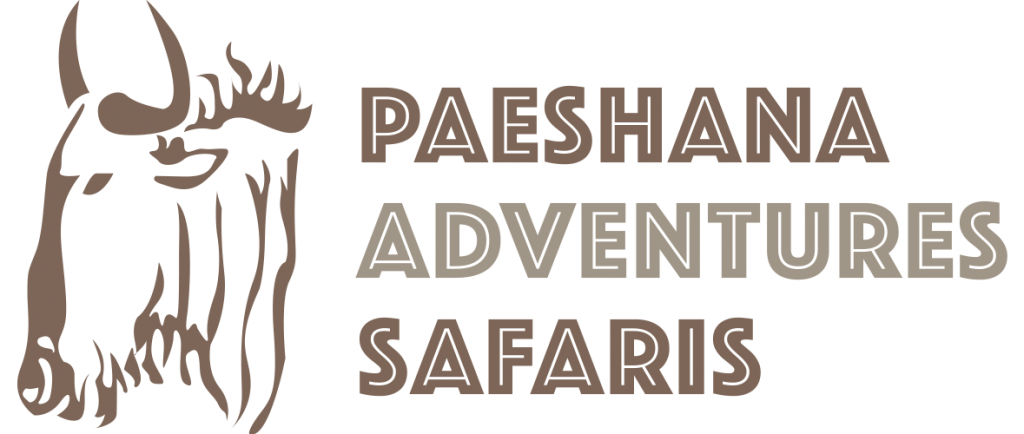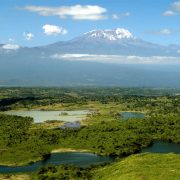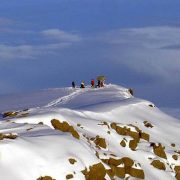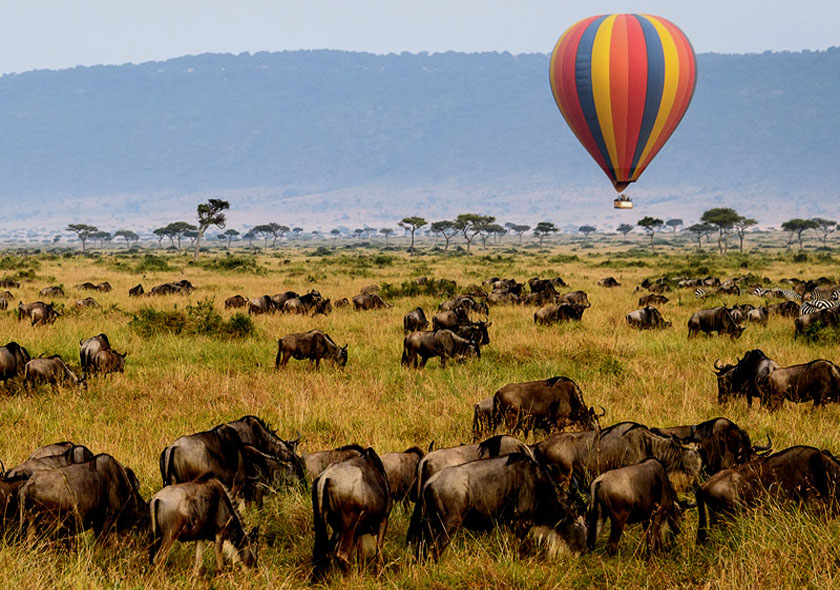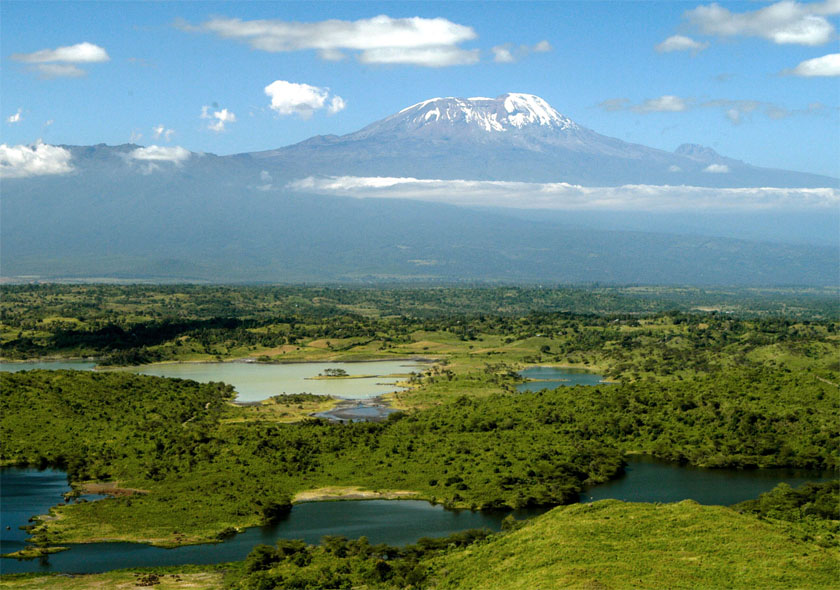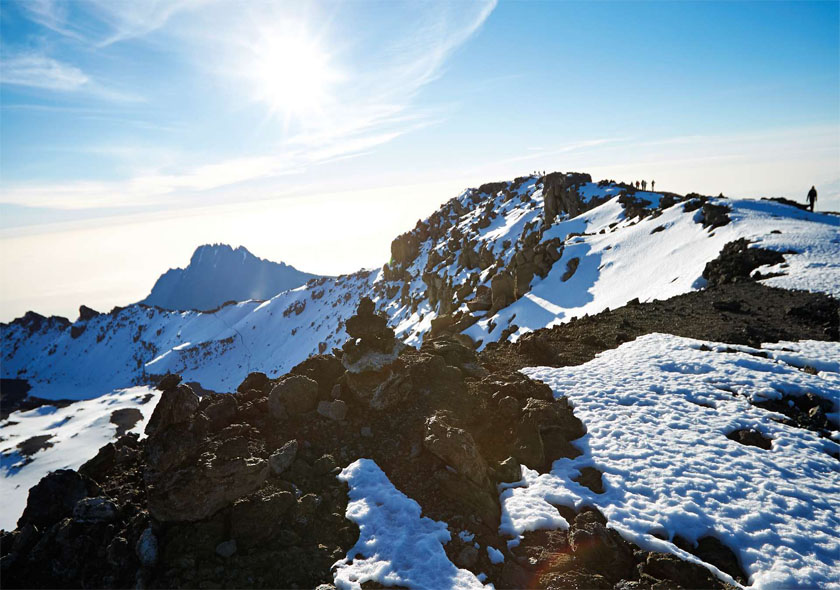
How Much Does It Cost To Climb Mt. Kilimanjaro?
Nearly 35,000 people attempt to summit Mount Kilimanjaro every year. Located inside Kilimanjaro National Park in Northern Tanzania, Mt. Kilimanjaro is Africa’s highest point and one of the seven wonders of the world. Just these facts alone draw many people to the landmark each year.
If climbing Mt. Kilimanjaro is on your bucket list, then it is important to prepare mentally, physically, and financially. Read on to discover more about Kilimanjaro and the costs associated with climbing this peak.
AN OVERVIEW OF MT. KILIMANJARO
Mount Kilimanjaro is the tallest freestanding mountain in the world, sitting at 5,895 meters above sea level. The mountain is also a dormant volcano, but don’t worry, the last eruption happened over 360,000 years ago.
One of the most interesting things about Kilimanjaro is that it has many different climate zones. At the base of the mountain, there is a tropical climate. As you start to ascend, it turns to alpine desert, and at the top, you will come across a glacial zone.
WHY SHOULD I CLIMB MT. KILIMANJARO?
Tanzania is a beautiful country, full of rich culture, breathtaking landscapes, and an extensive variety of birds and animals. Sunrise over Mt. Kilimanaro and sunsets over the savanna are like none other in the world. Many people love to climb Mt. Kilimanjaro as it is not as harsh as many other climbs in the world such as Everest or Annapurna. As long as you adjust to the altitude correctly, you don’t have to worry about the trails being too steep or the conditions being too harsh. Of all the famous seven summits, Kili is the most walkable and most accessible.
People of all ages have taken the hike up Kilimanjaro. The youngest person to summit the peak was only 7 years old, and the oldest was 85. This is an experience that anyone can enjoy.
HOW MUCH DOES IT COST TO CLIMB MT. KILIMANJARO?
If you are planning to climb Kilimanjaro, then it is important to make sure you are financially prepared for the trip. Here are a few things that go into the cost of your climb.
BUYING YOUR GEAR
It is essential to bring along the proper gear on your trip. Because climbing Kilimanjaro is a multiple-day trip, you will need to bring along supplies to last you for days. Here are a few things you may need to purchase before you climb:
- Backpack
- Sunscreen
- Sunglasses
- Water Bottle
- Extra Clothing
If you choose to book your climb through a guide company, then they will typically provide things such as tents, sleeping bags, and food.
BOOKING YOUR FLIGHTS
One of the biggest expenses that you will encounter is your flight to Tanzania. Depending on where you are in the world, you will likely have to travel for one or two days before reaching your destination.
For example, a flight from Chicago to Mount Kilimanjaro, Tanzania is around $2,500 and is 32 hours in total travel time. From Los Angeles, it is about $2,000 and takes 27 hours. There are many ways to find the least expensive and shortest flights from anywhere in the world to Kilimanjaro.
Apps like, Google Flights, and Hopper enable you to track prices for your selected dates and even send alerts when there are indications that the price may change. These are great tools that can help with planning your trip.
CHOOSING YOUR CLIMB
After you book your flights and buy your gear, it is time to choose your climb package. Booking with a guide company is the smartest choice as you will be accompanied by professional climbers that will ensure you stay safe the entire time.
Guide companies also provide many helpful services such as airport pickup and hotel accommodation the night before the trip. We provide these and more. Customer service is our top priority and we strive to go above and beyond to make our guests happy and comfortable.
Here at Roam Wild Adventure, we offer a wide variety of packages at different price points. All of our packages include airport drop-off and pick-up as well as hotel lodging the day before and after the trip. Here is a quick overview of all of our available routes you can choose from.
Machame Route:
The Machame Route is one of our most popular choices for more experienced travelers. This is one of the tougher climbs that we offer. It is a 7-day trek beginning and ending in Moshi, Tanzania. This route gives you the added challenge of the Great Barranco Wall.
The Machame Route has a 90% success rate as the 7-day timespan makes it easier to adjust to the altitude. So, if summiting the peak is a top priority, then this is the trek for you.
Rongai Route:
The Rongai Route is one of the least taken paths, so it is perfect for those who want a quieter journey. This 7-day route will provide you with breathtaking views and wide-open landscapes. It is important to note that this journey makes it a little more difficult to acclimatize to the altitude, although we do our best to help you out by adding an acclimatization stage on the fourth day of the climb.
Marangu Route:
This 6-day route is one of the oldest paths that Mt. Kilimanjaro has to offer. It is considered to be one of the easiest paths to summit, so it is therefore an incredibly popular choice for many climbers. This route also offers an incredible sunrise view that will make for an unforgettable experience.
Lemosho Route:
The Lemosho Route is an 8-day trek up the mountain. Due to having more time to acclimatize to the altitude, this route has a 95% success rate. It is known to be one of the most scenic routes and is less crowded than many of the more popular paths.
Northern Circuit Route:
The Northern Circuit Route is one of the newer routes we have to choose from. This route allows you to cross almost the entire mountain before reaching the summit. It is considered to be one of the most peaceful journeys, as there are not many other climbers that take this route and allows extra time for acclimatization. Rongai offers a unique Kilimanjaro trekking experience.
TIPPING
Tipping is another factor that should be considered when planning your trek. It is customary to tip the porters and guides for their service. They are the heart and soul of Kilimanjaro and work incredibly hard to help guests achieve their goal of a successful summit. They support us, care for us, and cheer us on every step of the way. To honor them, a tipping ceremony is held at the end of each Kilimanjaro climb. While it is not mandatory, tips are greatly appreciated, as they help support a quality standard of living for the local community.
Typical tipping guidelines are:
Porters: $10-$12 per porter per day, Guides: $20-$25 per guide per day
